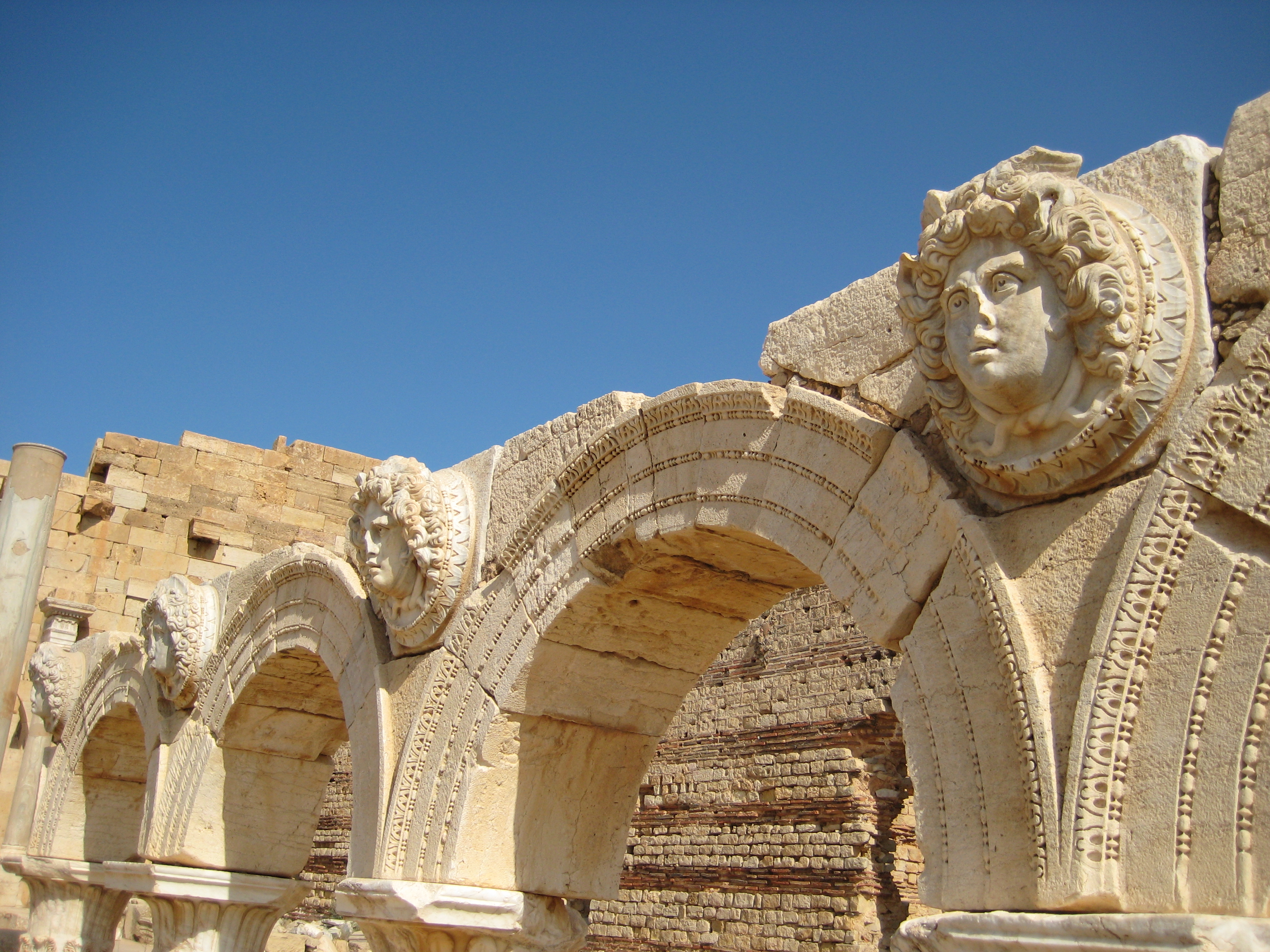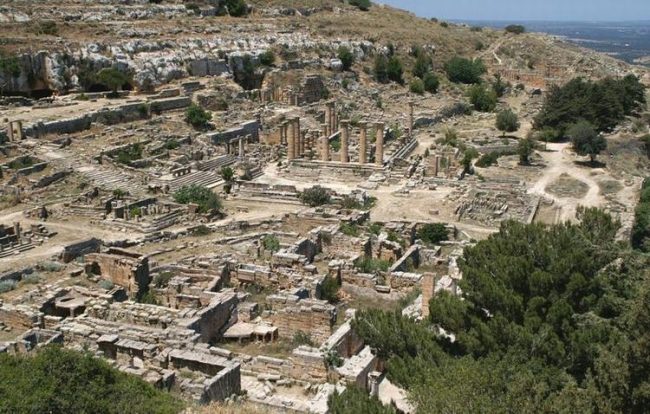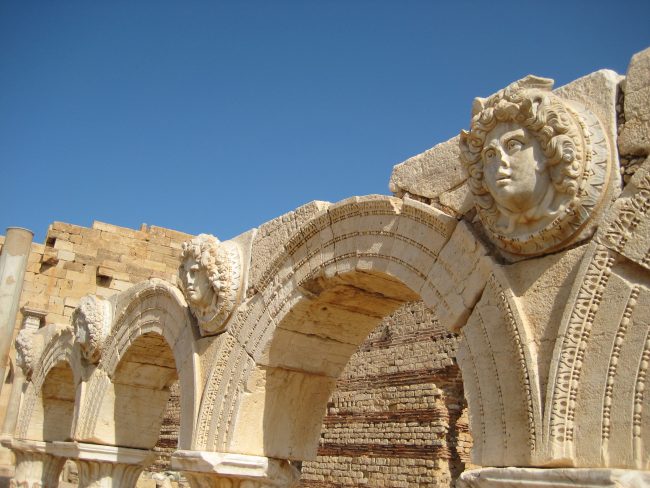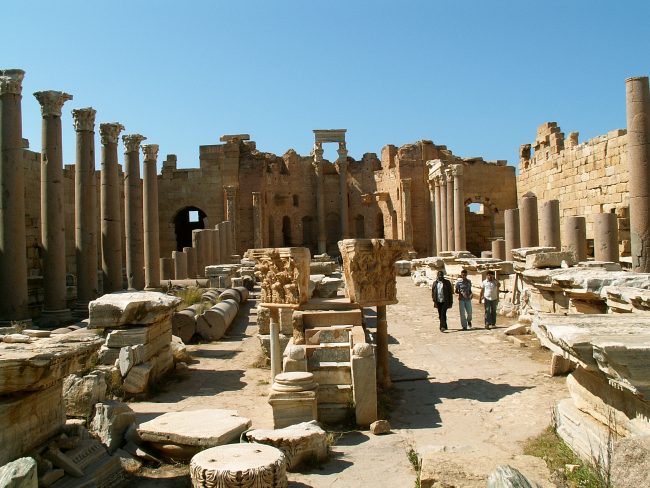
Libya
Libya – An Archaeological Gem
Libya is a unique Northern Africa destination, that should be on your list of African adventures – simply for its ancient cities that captivate every visitor. However the US Department of State warns U.S. citizens against all travel to Libya and recommends that U.S. citizens currently in Libya depart immediately. The U.S. Embassy in Tripoli remains closed, and the security situation in Libya remains unpredictable and unstable. https://travel.state.gov/content/passports/en/alertswarnings/libya-travel-warning.html
Libyan cuisine is a rustic affair of culinary tastes that combine Arab and African influences. But there is also a fusion of Mediterranean influences. A mixture of olive oil, garlic and couscous make up staple ingredients to many Libyan dishes. Libyans are also quite fond of unique salads that include fresh produce. Try the couscous and kofta (kebabs)at Baytna Restaurant. Located in Tripoli, it’s a trendy spot offering continental and Libyan dishes. If you’re in the mood for sweeter tastes of Libya, go into Abdul Rahman Al Hallab – Pastry shop in North Tripoli. Tuck into the deliciously sticky Baklava.

http://libyanfood.blogspot.co.za/2011_01_01_archive.html (Libyan Salad)
Long gowns, bright and intricately detailed are worn by women. This Islamic country is rather conservative, so women wear hijabs (headwrap covering the hair). Beautiful jewellery pieces, are also worn over these long gowns. Libyan men are clad in loose cotton shirts and trousers. Traditional Berber women, wear scarves over their faces and hair called mandeels. Berber men wear haiks, a cloth wrapped around their waist and their heads to resemble a turban. Although in urban areas of Libya, men and women wear more modern clothing.

https://za.pinterest.com/danaabodeeb/libya/ (Libyan women)
Cyrene is a marvel, north of Tripoli. It’s a Greek city of the Cyrenaica era. There are temples, tombs and even a theatre in Cyrene. With the ocean as a background, this is a great trip out of Tripoli. With impressive statutes from the fifth century, the buildings will take you on a historical trip back to past days. Take a taxi and enjoy the sights of Cyrene with the ocean breeze keeping you cool. There is a camera/video fee but it is worth it. Cyrene is only opened to tourists from a Tuesday to a Sunday – so do plan accordingly. Enjoy the sites and take in the history.

http://blogs.umb.edu/buildingtheworld/founding-of-new-cities/the-founding-of-cyrene-libya/ (Cyrene)
Along the coast, two hours away is the grand Leptis Magna. Roman architecture built to the tall proportions are magnificent to admire. The city was once a port that passed through slaves, precious metals and much more. Today this abandoned city lies well conserved and barely in decay. There is a museum on site with many of the ancient finds, but there is still some artifacts that have remained in the Leptis Magna. You’ll find shrines, baths, a theatre and even amphitheatre where fierce battles took place for the crowd’s pleasure. You are required to visit the Leptis Magna with a guide, which will cost you a fee. There are also camera fees applicable and different entry tickets – which you can find out more information about from the Museum itself.

While visiting archaeological sites in Libya, visit the Severan Basilica. Part of the Leptis Magna is this Basilica – so included it in your trip to the site. And though much has been lost to Berber raids, the Severan Basilica is a highlight. Originally a basilica, then a church and now an empty shell. Again, there is camera/video fee but it is open daily. The Leptis Magna as a whole and including the Severan Basilica and Museum, are closed on Mondays but are open on other days of the week until 6 pm.

As palm trees swing on the shorelines and the dusky air of the Saharan desert wave you by, you’ll appreciate Libyan history. Open roads await you.
http://www.marsnjak.com/sergej/?menu=libya&pic=74&type=pic&zoom=1 (Severan Basilica)
